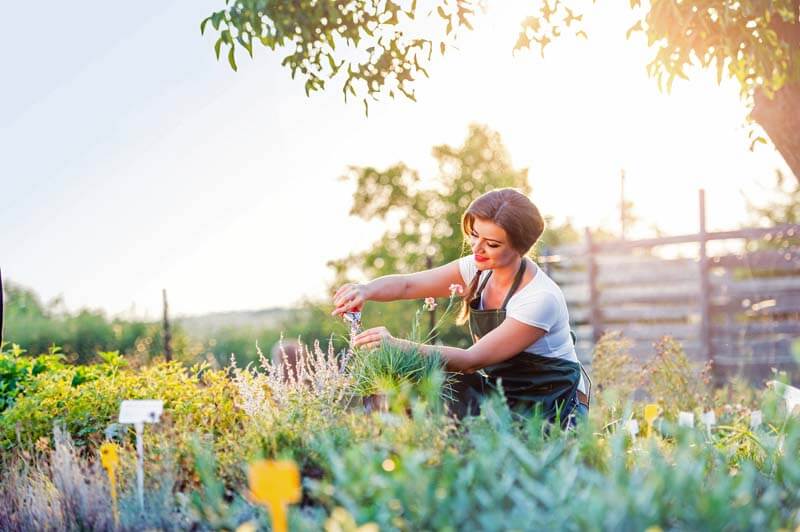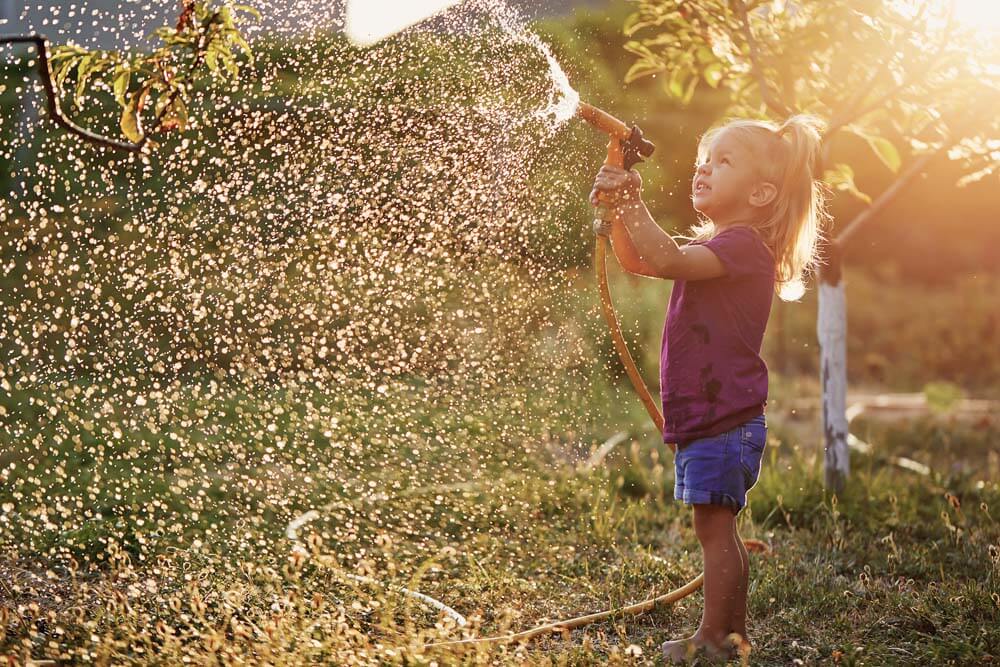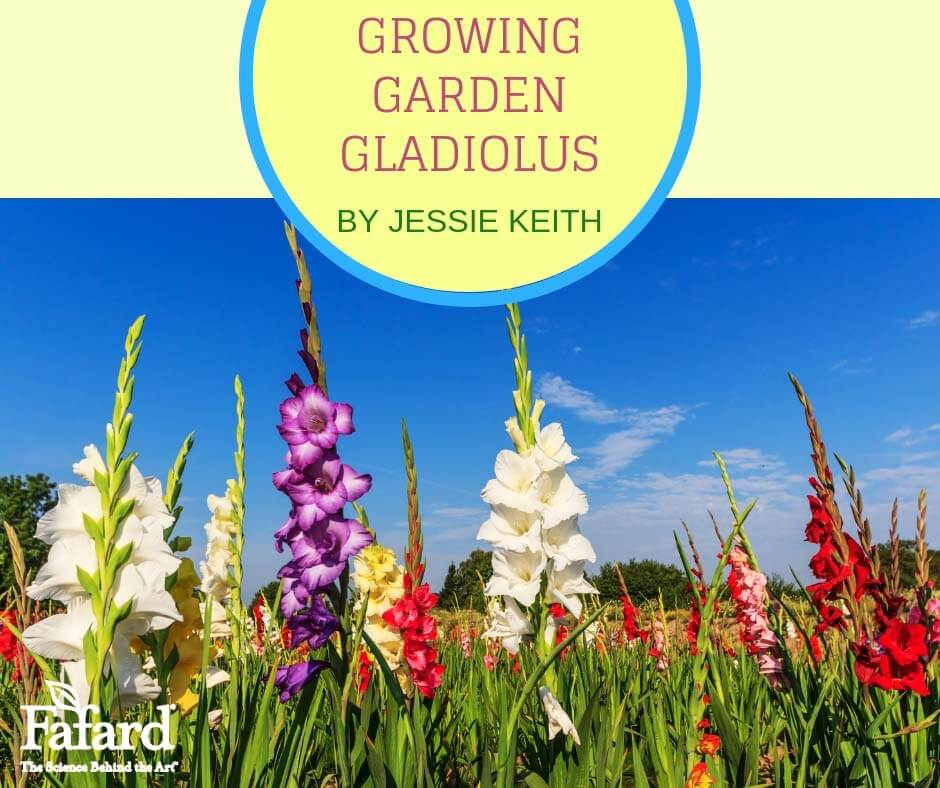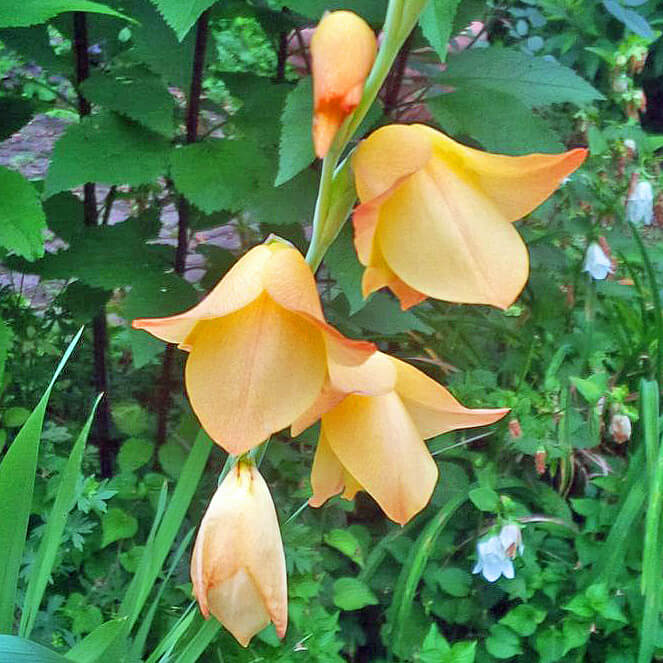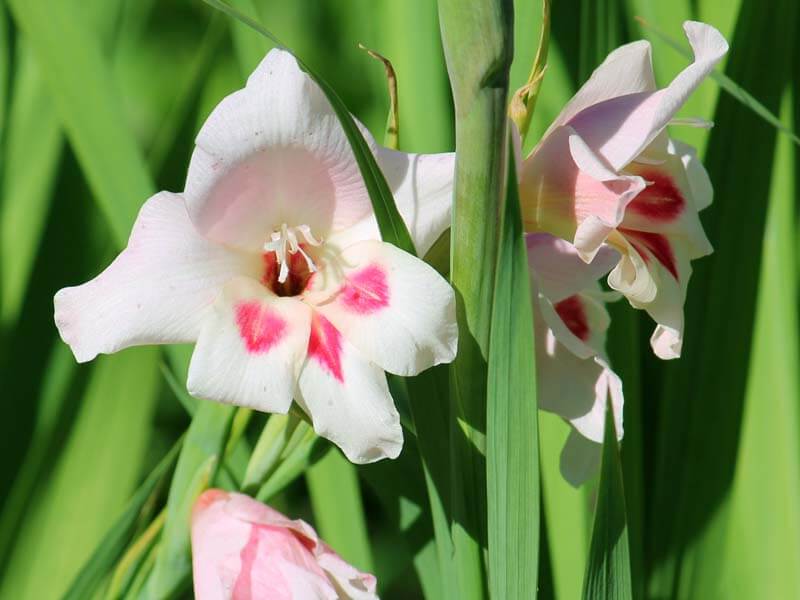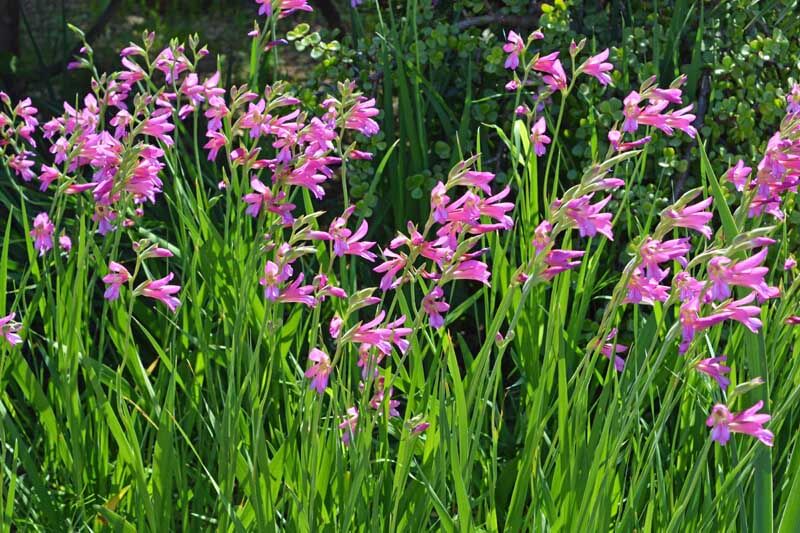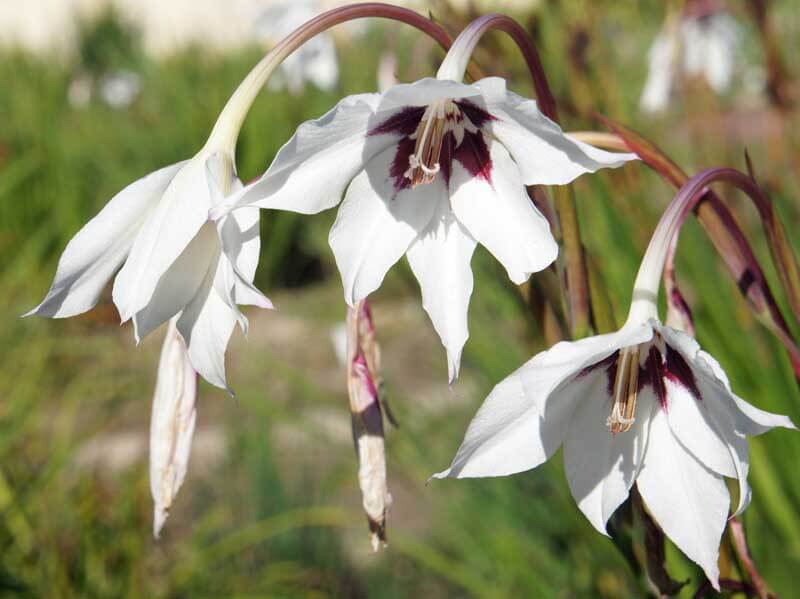
Some of the prettiest flowers for cutting are annuals that grow and bloom fast and thrive in cool weather. Growing them is a snap. Start them in early August, and you should have lots of pretty flowers for cutting by late September or early October.

Planting Cut Flowers for Fall
If you are someone who already plants summer cut flowers, you will likely still have zinnias, tall marigolds, and purple cosmos in the garden, but these tend to lose steam towards the end of the season. Removing declining summer cut flowers and filling in the holes with fresh, cool-season bloomers will pay off. Just be sure to turn, smooth, and clean the ground before planting, and top dress with a good, moisture-holding mix that will allow your new cut flower seeds to germinate easily. Fafard Ultra Outdoor Planting Mix is a great choice.
Once your area is prepared, sprinkle your seeds of choice over the soil, and then lightly cover with some additional mix and gently pat the area down. Annuals with larger seeds, like sweet peas, will need to be planted at least an inch below the soil. Keep newly sown spots evenly moist with daily misting or watering.
Most annuals germinate quickly, in a week or two. Once new seedlings have emerged, continue providing them with needed moisture, and be sure to remove any weed seedlings. Feed plantlets every two weeks with a little water-soluble flower food. This will help them grow and flower at top speed.
Five Cut Flowers for Fall
1) Sweet Peas
Sweet peas (Lathyrus odoratus, 74-85 days from seed) are some of the sweetest smelling cool-season cut flowers, but they require light trellising. This is easily done by securing strong, firm stakes into the ground and lining the spaces between them with trellis netting that the peas can climb up with their tendrils. Renee’s Garden Seeds carries loads of exceptional sweet peas for cutting. The antique ‘Perfume Delight’ is especially fragrant and a little more heat tolerant, which allows them to forge through unexpected warm days. (Read Renee’s article “All About Sweet Peas” for more information about these pleasing flowers.)

2) Bachelor’s Buttons
Colorful bachelor’s buttons (Centaurea cyanus, 65-75 days from seed) come in shades of richest violet-blue, pink, white, and deepest burgundy. Most agree that the blue flowers are the most remarkable and prettiest in a vase. There are lots of compact varieties, but these have short stems. Long-stemmed selections are the best for cutting, but they must be staked for reliable upright growth. ‘Blue Boy’ is an old-fashioned, large-flowered heirloom with tall stems that are perfect for cutting.
3) Sulfur Coreopsis
For fiery color, few cut flowers grow faster than sulfur coreopsis (Coreopsis sulphureus, 50-60 days from seed). The long-stemmed ‘Towering Orange’ produces billows of tangerine orange flowers that will last a long time. These look beautiful in a vase with ‘Blue Boy’ bachelor’s buttons!

4) Love-in-a-Mist
Uniquely lacy flowers make love-in-a-mist (Nigella damascena, 63-80 days from seed) especially charming in the garden or a vase. The dried seed pots are also visually interesting, allowing them to double as dried flowers. The flowers come in shades of violet-blue, purple, white, and pink. One of the better Nigella mixes is provided by Johnny’s Selected Seeds.
5) Annual Baby’s Breath
No flower arrangement is complete without a frothy filler flower to add loft and interest. Annual baby’s breath (Gypsophila elegans, 45-50 days from seed) is the standard choice, and ‘Covent Garden Market’ is a tall, airy variety that will bloom until frost. It is very easy to grow, and its small, white, cup-shaped flowers make more colorful blooms stand out in a vase.
Cut flowers brighten our gardens and homes, so consider planting some of these traditional beauties in August for fall bloom. You’ll save money at the farmer’s market and impress your guests.


